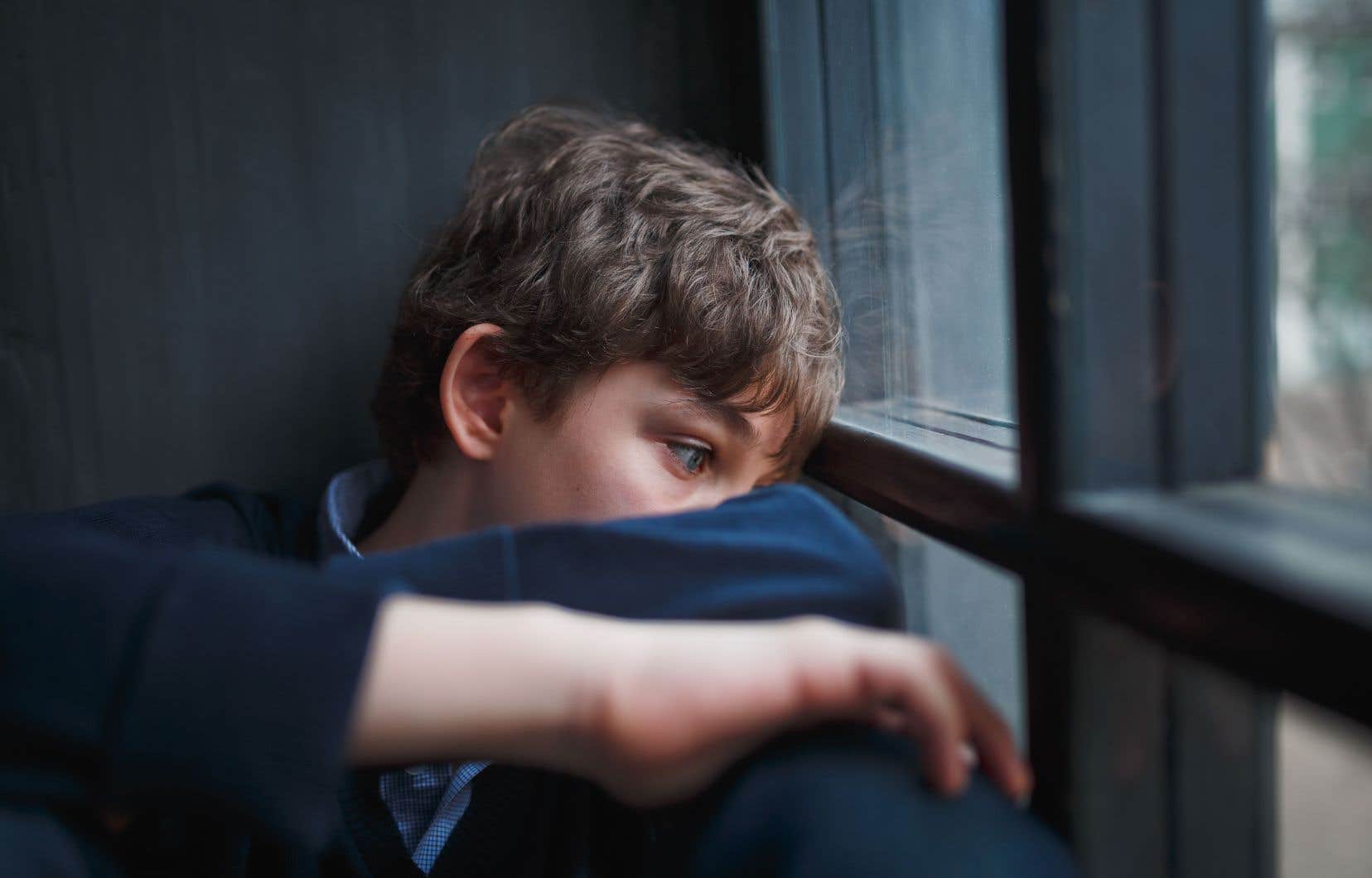This text is part of the special Health and well-being section
Sexual abuse, physical and psychological violence, neglect… Negative experiences during childhood (ENE) increase the risk of suffering from chronic pain in adulthood, concludes a study by international researchers including several professors from McGill University. Experts emphasize the urgency of taking measures to mitigate the long-term consequences of such experiences on health.
The results of this research were published in the journal European Journal of Psychotraumatology. The scientists identified data from other work carried out over 75 years on a total of 826,452 adults. Depression, anxiety, alcohol and drug abuse, cardiorespiratory diseases, violent temperament… Several past studies have reported such problems in people who suffered abuse at a young age. “We undertook a meta-analysis aimed at seeing if the consequences of these abuses were also present in people who had chronic pain or disabilities,” summarizes André Bussières, lead author of the study and professor at the School of Medicine. physiotherapy and occupational therapy from the Faculty of Medicine and Health Sciences of McGill University.
But childhood trauma can also occur during the death of a loved one or separation and have repercussions on a person’s health as an adult. “Unfortunately, there are people who have experienced several negative events during childhood,” observes Mr. Bussières.
The work carried out by Mr. Bussières and his team concluded that people who were exposed to such a negative experience during childhood (neglect, physical, sexual or psychological violence) were 45% more likely to experience chronic pain. once adults. “And that is cumulative, and the likelihood that these people will later develop chronic pain and/or disability increases,” adds the researcher. Thus, the risks of suffering from chronic pain in adulthood are significantly increased among people who have experienced four or more ENEs compared to those who have experienced only one.
In Canada, approximately one in five people deal with chronic pain. In 2016, a study concluded that one billion children, or around half of the world’s children, are victims of physical, psychological or sexual violence every year.
Various pains
Chronic pain can take different forms: musculoskeletal pain, fibromyalgia, irritable bowel, pelvic pain, headaches, migraines. “The experience of pain is very varied, but our research does not concern pain for which we can have a medical diagnosis, such as a fracture or sprains, or cancer,” explains Mr. Bussières.
The cause and effect relationship remains to be determined. “Many studies are underway to understand
the mechanisms associated, including what is epigenetic, with the expression of pain, which can change in individuals. But yes, there are changes in the brains of people who have chronic pain. Is it one that leads to the other or is it the chronic pain itself that impairs functioning? » asks the researcher.
Preventing abuse at the source
In order to help patients struggling with chronic pain and having been victims of childhood abuse, Mr. Bussières considers it crucial to equip health workers. “There may be reason to review curricula in universities and continuing education for professionals,” he believes.
The professor also believes that the different levels of government have a role to play in prevention. “The prevalence is extremely high. It’s everywhere in the world, whether in industrialized or developing countries.
he observes.
Finally, the researcher highlights the need to combat preconceived ideas about chronic pain and abuse in children. “There are still a lot of taboos. We must have the opportunity to support patients. And also the parents, who spend difficult times with the children and who can be a source of violence,” he argues.
“It’s about being able to better manage and provide the care that is required when people have had these experiences. During childhood, which would be ideal, if not in adulthood, when they are faced with other health problems and possibly associated complications. »
This content was produced by the Special Publications team at Duty, relating to marketing. The writing of the Duty did not take part.
